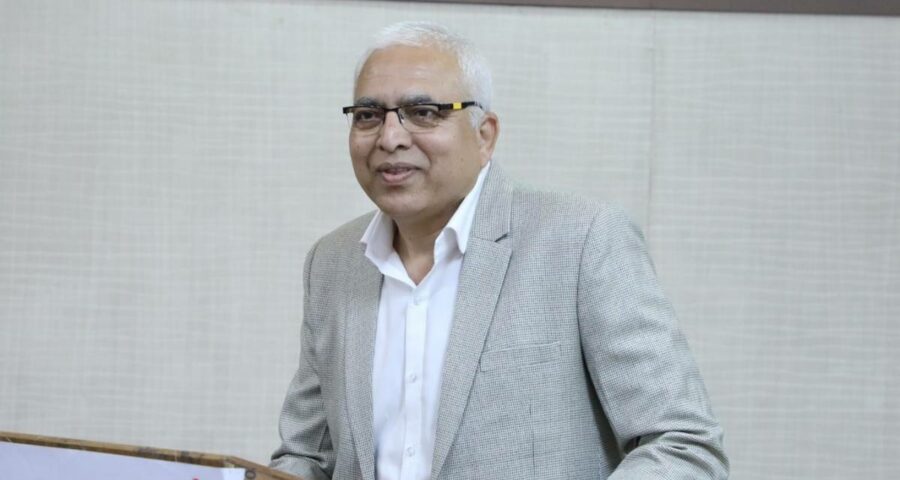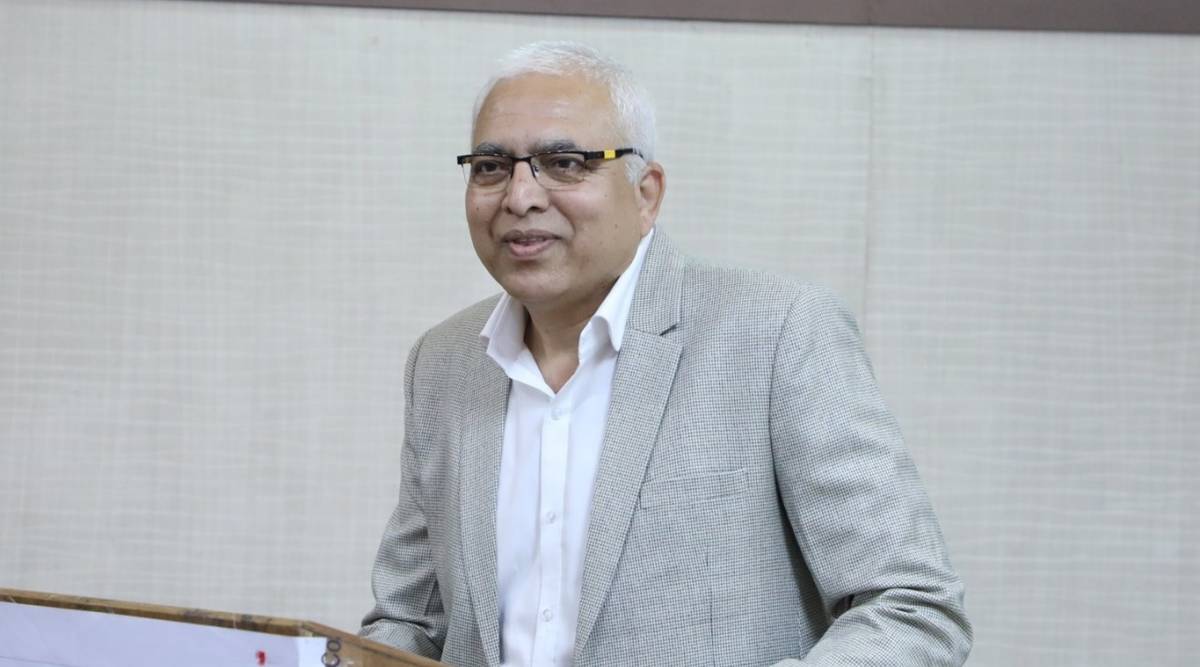Nashik-based Atul Bhosekar, director of Trirashmi Research Institute of Buddhist, Indic Languages and Scripts (TRIBILS), and a researcher of Buddhist caves and Indic languages, speaks to The Indian Express about his work on conservation of Buddhist caves.
Nashik-based Atul Bhosekar, director of Trirashmi Research Institute of Buddhist, Indic Languages and Scripts (TRIBILS), and a researcher of Buddhist caves and Indic languages, speaks to The Indian Express about his work on conservation of Buddhist caves.
Can you elaborate on the work that your institute does?
There are more than 1,100 caves in Maharashtra, but people are hardly aware of their history. I have been visiting these caves since I was young, I but had no understanding of their history and culture. The ASI hardly has any information boards, nor is their staff trained to make people aware of their significance. Later I realised that if I understood the inscriptions or epigraphs carved on these monuments, I would be closer to history. Hence, I learned the script and decided to set up a research centre. In our centre we teach Dhammalipi, which is one of the most ancient scripts. We also conduct workshops at every cave in Maharashtra, in which we explain the history of these caves and inscriptions. We have been doing this for nine years. Our aim is to ensure that people know about ancient Indian history and culture.
Why are these caves so significant and why do people need to know about them?
We have lots of associations working on other ancient sites like temples, forts, mosques. I found that only scholars and historians were interested in studying caves, which are the most ancient monuments of India. These caves were most often used by Buddhist monks, and the inscriptions, sculpture and architecture inside is the oldest in India. Knowing these caves will help us understand ancient India’s social, political and religious history. Maharashtra boasts of nearly 1,100 caves, the highest in India due to the presence of hard basalt rock. Many of these caves and their inscriptions are still not explored properly. A re-examination of the inscriptions is necessary to bring out the real history of these caves.
Take for example the famous Trirashmi Buddhist Caves in Nashik, which is a tourist attraction and one of the oldest caves in India, carved between 3rd century BC and 6th century AD. But people don’t know about its Buddhist origins. Most locals still call it Pandav Leni and think that Pandavs of Mahabharata stayed there and hence they it is called Pandav Leni. But the real name and its history is understood only when we study its inscriptions. So if you want to understand the caves, then you need to know Dhammalipi and also Pali, its language. Many Jain caves have inscriptions written in Prakrit language with Dhammalipi script.
Why is there poor awareness about the history of these places, even though lakhs of people visit them?
Every cave has its own importance and features, but there is no one there to explain it to visitors. The public goes there only for sightseeing, and in the absence of a guide or information boards, returns without knowing the history and legacy of these caves. A workshop should be started everywhere in the country to tell the public about the ancient caves, texts, scripts and language. There should be government guides at the caves to tell tourists about its heritage and culture, and only then will people take pride in them and start making efforts to preserve and conserve our ancient culture and monuments.
You have been leading the argument for changing the name of Brahmi script to Dhammalipi.
We have been promoting this theory for 10 years after conducting extensive research. In 2014, TRIBILS published a book ‘Iyam Dhammalipi’, which we shared with various universities and professors to seek their views on it. There is no script called Brahmi lipi. It’s only Dhammalipi which is the oldest ancient script of the country. The Pali committee of Maharashtra state has also accepted the name as Dhammalipi, and they have done it after academic consideration and analysis independently.
Why and on what basis are you claiming that the script name is Dhammalipi and not Brahmi?
The name Brahmi Script was coined in the late 19th century by French Indologist Terrian De Lacouperie. In 1836, when James Prinsep deciphered Ashoka’s inscription, he had no idea what name to give to this script. Hence he asked his Indian colleagues at the office in Allahabad and they told Prinsep that they believe the universe is made by Lord Brahma and therefore, the script should also be his creation, and so it should be named Brahmi. Princep, being a scientific person, and in the absence of documentary evidence, did not call it Brahmi but coined the name Indic script for it. We have been using the name Brahmi for the last century. During my research I did not find any reference to support the argument of Brahmi being the name of India’s oldest script.
People misinterpreted Ashoka’s words wherein he calls the script Dhammalipi. The first sentence of nearly all of Ashoka’s inscriptions is “iyam Dhammalipi Devdnampiyena piyadasina ranyo likhapita”. Scholars misinterpreted Dhammalipi as Dharmalekh. The word Dhamma is a Pali word and when it was translated into Sanskrit, it became dharma. Similarly, scholars mentioned lipi as lekh. This was wrong because lipi is a script and lekh is an article. When I studied Pali language and its grammar, I found that these scholars made a wrong interpretation. After referring to Panini, Kacchayan and Maudgalyayana grammar, I claimed that the name of India’s most ancient script is Dhammalipi and not Brahmi.
Source: Read Full Article


